Most of us instinctively know that getting creative is great fun for kids, you only need to see the joy in their faces when they paint or draw or make something themselves. But there are so many developmental benefits to be gained too. From communication and problem solving skills, to self-expression and social and emotional development, getting arty with your kids can really give them a real head-start. From babies to junior school-ers, here are some simple tips for helping your children to engage with art.
Babies / 0-18 months
From around four months old, babies are able to distinguish all colours. Picture books and wall art featuring brightly-coloured, high-contrast images are a great way to help develop your child’s eyesight as well as their understanding of the world around them. I made saying goodnight to all the animals in the pictures on her bedroom wall part of my daughter, Sophie’s, bedtime routine and later this evolved into sometimes making up bedtime stories based on her pictures.
At this stage, do continue (or begin!) visiting your local art galleries. I know that’s not always easy or relaxing but perhaps while your baby is sleeping try to nurture your own interest so you can encourage it later in your child. Like so many other things, your child growing up knowing that you value art both inside and outside your home may be one of the most influential factors.
This is the type of art work that can be expected from a very young child, its exploring colour and texture.
Toddlers / 18 months – 4 years
Kids love looking at busy, vibrant images where they can point out and name the things they recognise from every day life, such as cars, buses, dogs, birds (Sophie had an obsession with ladybirds!). So, again, well-illustrated, age-appropriate picture books with lots going on are really important and something to look out for in children’s wall art too.
The fun can really begin at this age when you introduce good quality children’s art materials. They will love mark-making with anything from crayons and felt-tips to paint and pencils (see my blog here on great art materials for kids). Drawings begin as unidentifiable scribbles, evolving into basic shapes from around the age of three, and then onwards into the very early stages of stick figures. Start to gently encourage the finger and thumb pincer-grip around the pencil as they get older – it will be important when they start school. Gluing and sticking, homemade play-doh or potato printing will also entertain all through a rainy afternoon or play date. Keep a separate box for all your arty kit and start collecting toilet rolls, bits of fabric, paper, buttons, string etc for little projects.
The most important thing to try to remember (and this can be so hard) is that there’s no right or wrong way for your child to do it. Try not to say, ‘But pigs are pink not blue’, or ‘Stay inside the lines’, or ‘It would look better like this’. One of the most important developmental aspects of art for children is learning that there are no rules. Unlike, say, maths where there is only one correct answer, there are hundreds of different ways to draw a pig. Good judgment and problem solving are what’s being learned here.
Do your best to stay chilled when the glue and sequins go literally everywhere, if your toddler only wants to use the black and brown paint or has something completely different in mind to what you intended. Just focus on the fun of being creative – and above all make a really big fuss of the finished result and stick it on the wall for everyone to admire.
And do try to keep getting out to art galleries with your little ones. Don’t feel daunted about potential ‘bad behaviour’ (does anyone know a toddler who is actually capable of being quiet?) – the idea that art should be viewed in contemplative silence is so outdated. Remember these are publicly funded institutions which are trying to encourage family visitors so you are 100% entitled to be there. So long as the art is safe (Rule #1 No touching) and your child is safe (Rule #2 No running off or around in crazy circles) and you both get to look carefully at and enjoy at least one picture, you’ve had a pretty good result! Taking a favourite toy along and incorporating in into made-up stories about the pictures you see is a good way of making the visit fun for both of you.
Early Years / 4 – 7
Even after school begins, do continue to encourage the creativity at home. Artchoo!, Red Ted Arts and Imagination Tree all have great inspiration for creative art projects using basic materials. Keep putting their pictures up on the wall and encourage their drawing skills – this is the age when their drawings of themselves and their family begin to evolve to include realistic detail.
Kids aged 4 and over have a wide range of free public arts activity sessions available to them, especially during the school holidays. Join the mailing list for your local public galleries, museums and arts festivals to stay informed. Also check out the Campaign For Drawing which has fantastic annual programme of free children’s activities called The Big Draw.
When you’re looking at art, whether at home or in a gallery or book, talk about what’s going on in the picture, what kind of emotions do the faces show, what is the weather like, how does it makes your child feel, what does it reminds them of, and so on. If you think your child is ready, you could also begin to talk in very basic terms about how it has been made – is it a painting, a print, a photograph or a collage?
Rousseau had no formal art training and said he had “no teacher other than nature”.
Older kids / 8+
From the age of 8 or 9 onwards, children’s drawings tend to reflect a much greater awareness of the visual world around them and they will try to make that picture of their house really look like their house.
Often a child’s desire for accurate detail and proportion means their drawings fall short of their expectations and they become frustrated and so this is the age when many children will become reluctant to draw, believing that they can’t. Such a shame when drawing is the cornerstone for such a wide variety of creative careers, from illustration and architecture to product and fashion design.
So this is precisely the age where a ton of encouragement and a little help with observational technique can work wonders. It’s a myth that talented artists are innately ‘good’ at drawing. The sketchbooks of Michelangelo and Da Vinci show how much time and effort they spent in practicing their skills. Visiting a gallery or looking at books to see how adult artists represent perspective and three-dimensional space can also help, although you could also explain that many famous artists (Picasso and Matisse, for example) rejected technical conventions and choose to represent the world in a very different way.
Art history took on a whole new light for me when I was in my early 20’s and a curator explained to me that in 1905 Matisse had quite literally been the first artist ever to exhibit a painting of a woman (in this case his own wife) with a green face and what looks more like a fruit bowl than a hat on her head. The Parisian public were scandalised! The artists who have moved the art word forwards the most over the last 500 years have often been rule breakers looking for a new and exciting means of self-expression – something every child can take courage from.
…………………………………………………………………………………………………
Jennifer Smith is the founder of the brilliant Little Carousel Gallery, an art gallery exclusively for children’s art work. Jennifer studied History of Art at the Courtauld Institute of Art and alongside her gallery, writes a wonderful blog about art and children. You can visit her site here.

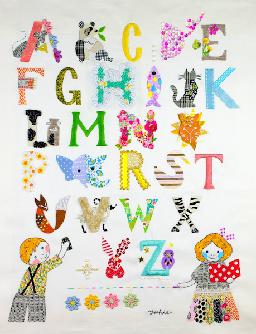

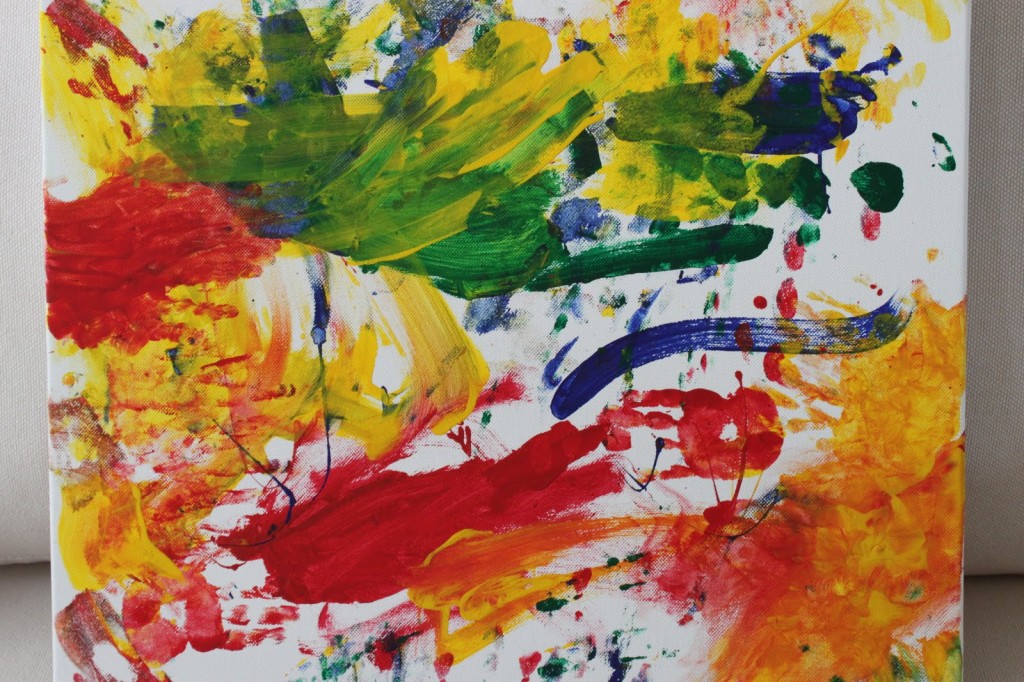
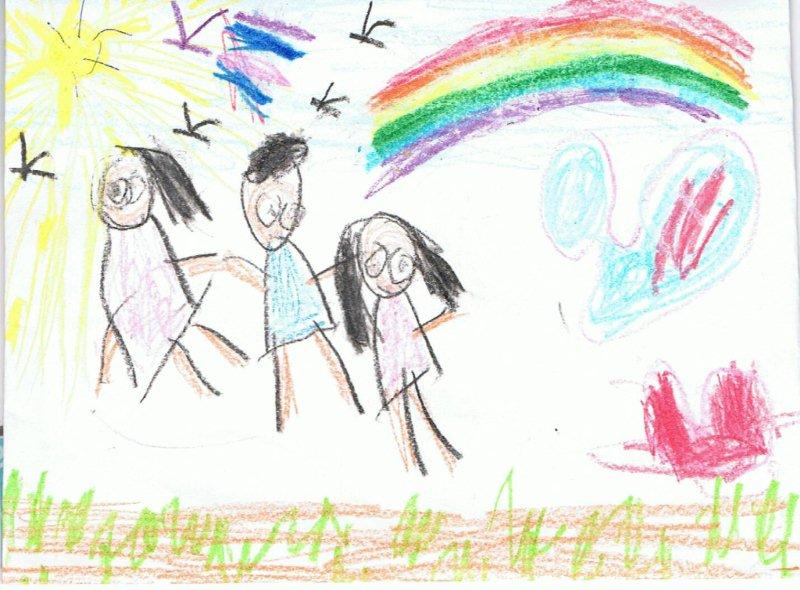
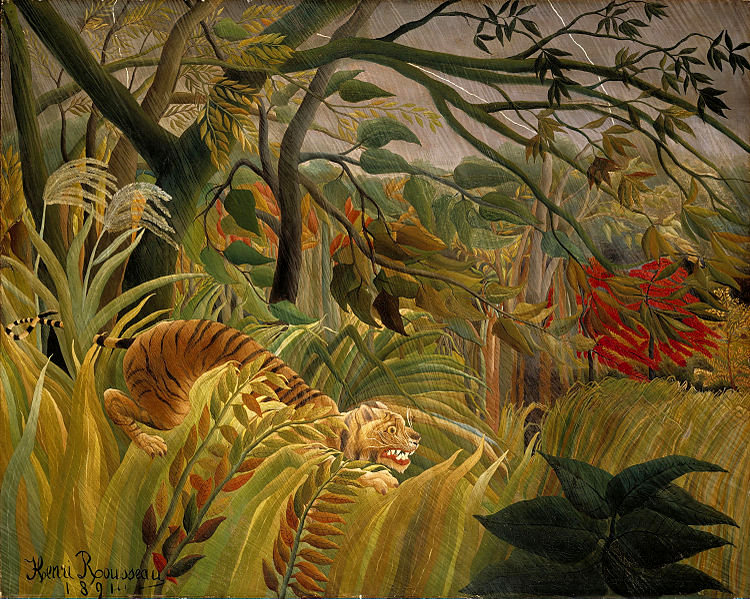
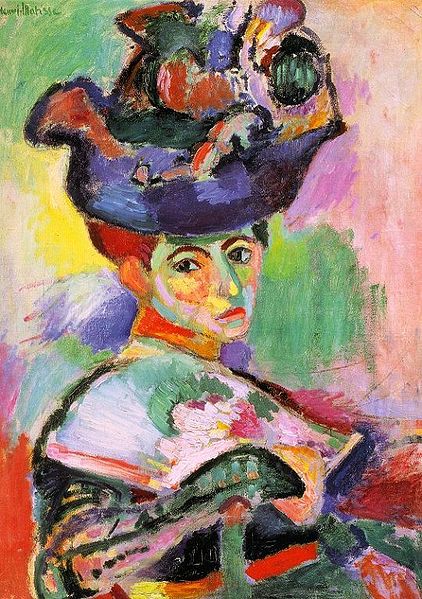


1 Comment